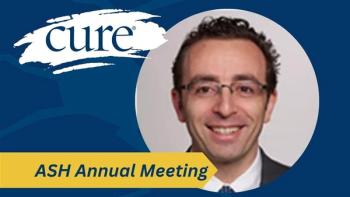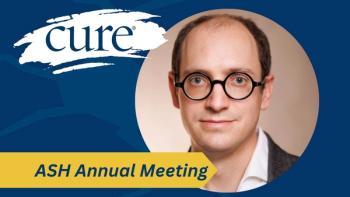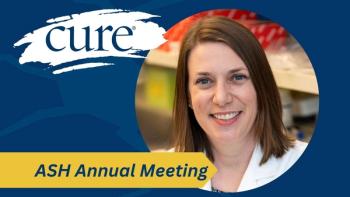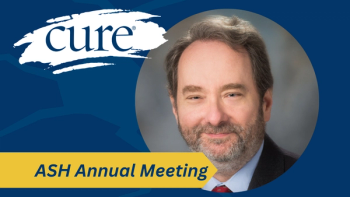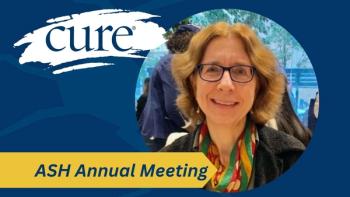
How to spot skin cancer
The American Academy of Dermatology kicked off its 68th annual meeting on March 5 in Miami Beach, Florida. As with most medical meetings, research is introduced and findings are announced so I've been seeing a lot of dermatology stories come across the wire. In a presentation on recent advances in technology that are helping doctors diagnose melanoma, Harold S. Rabinovitz, MD, FAAD, volunteer professor in the department of dermatology at the University of Miami Miller School of Medicine said, "The technological advances in melanoma detection in the future will significantly improve our ability to detect early melanomas and help save countless lives. However, keeping a vigilant eye on our skin for any changes that could signal a problem is an irreplaceable first step in the process."How do you do that? The Academy sponsors

